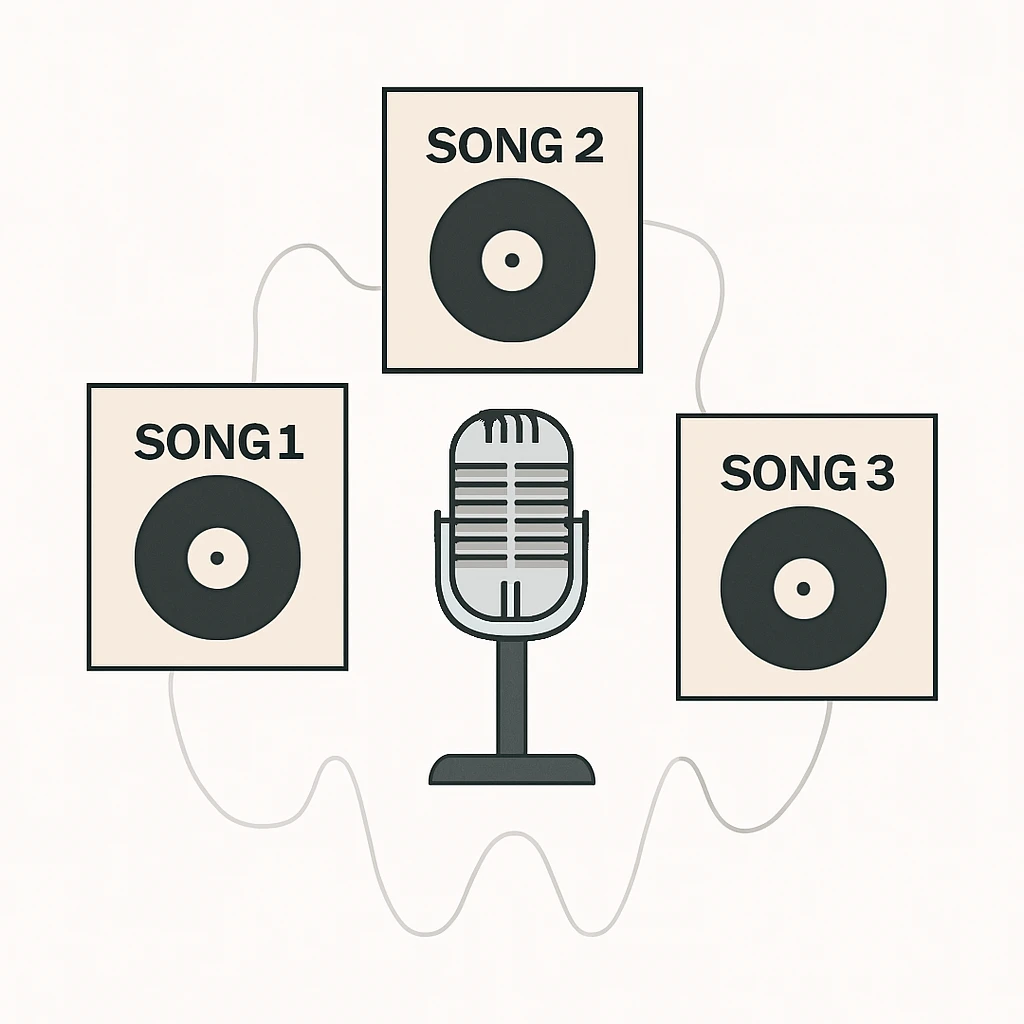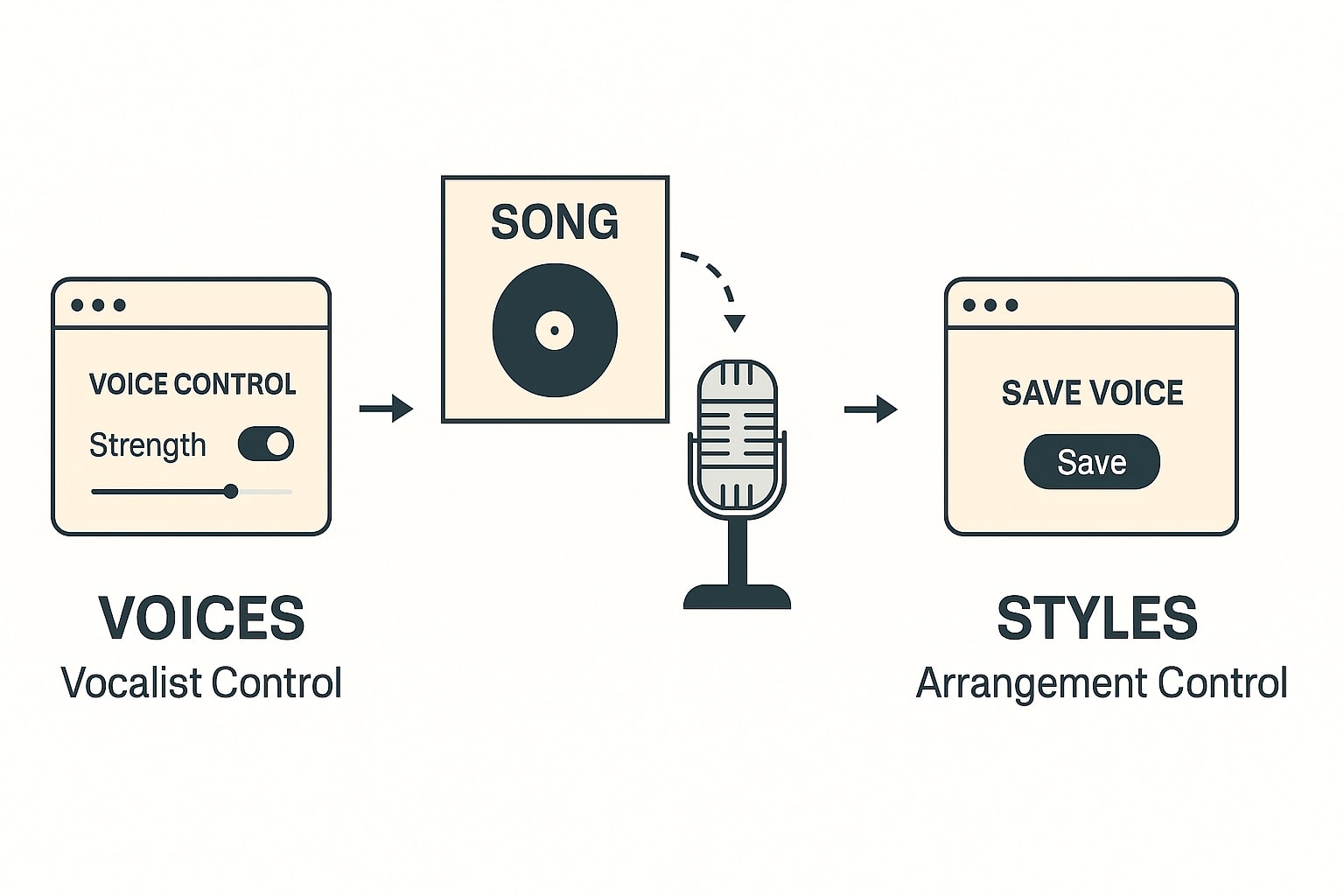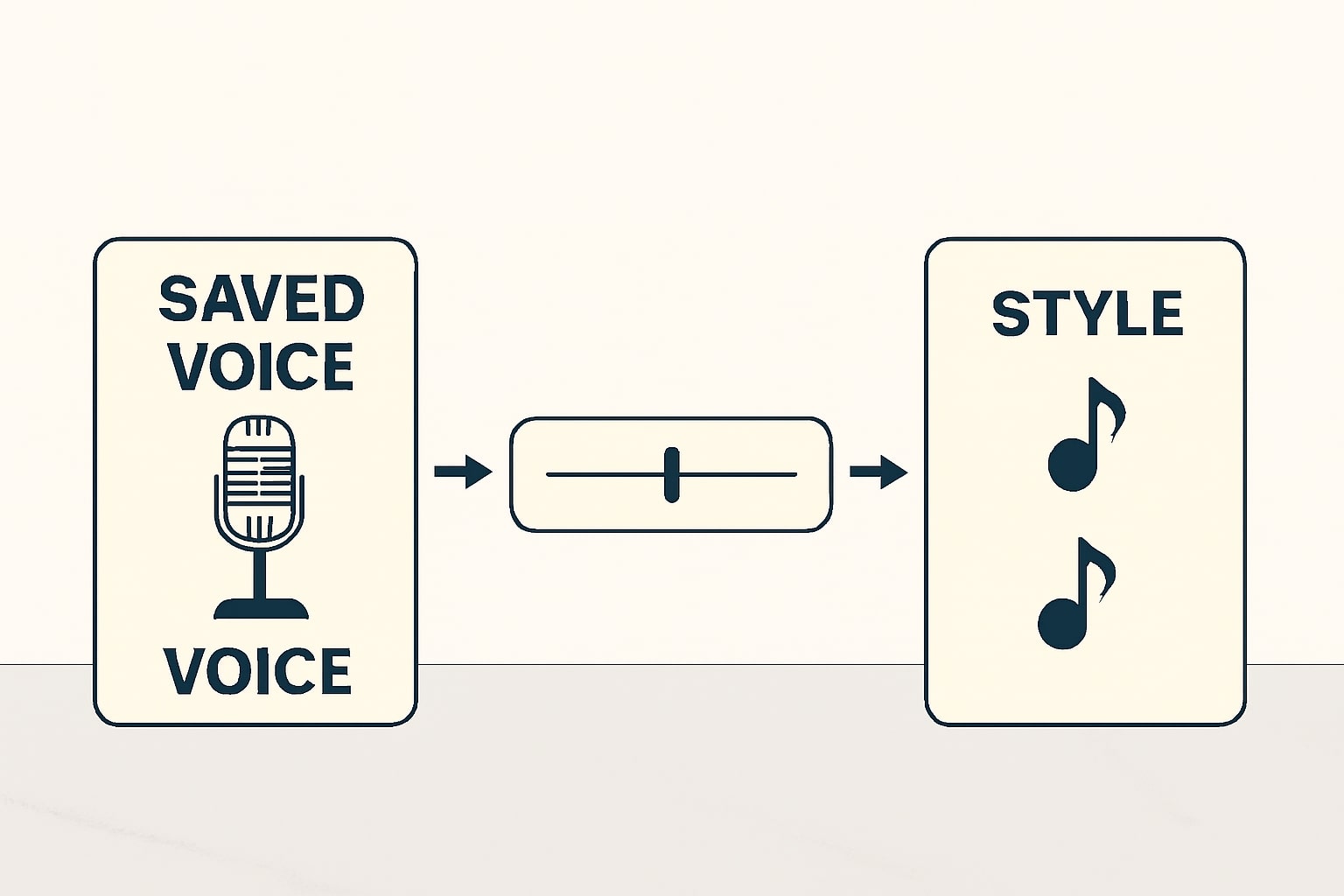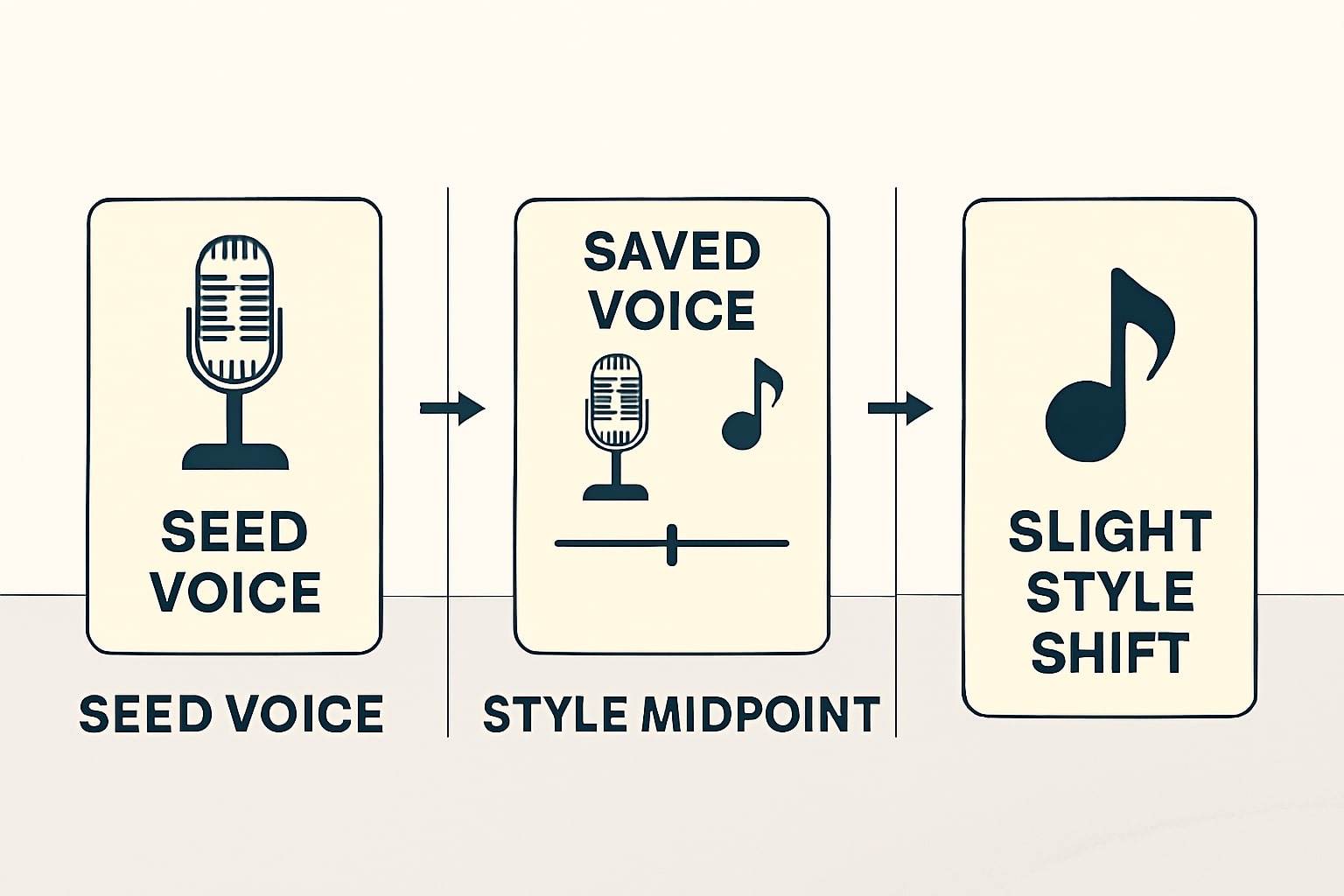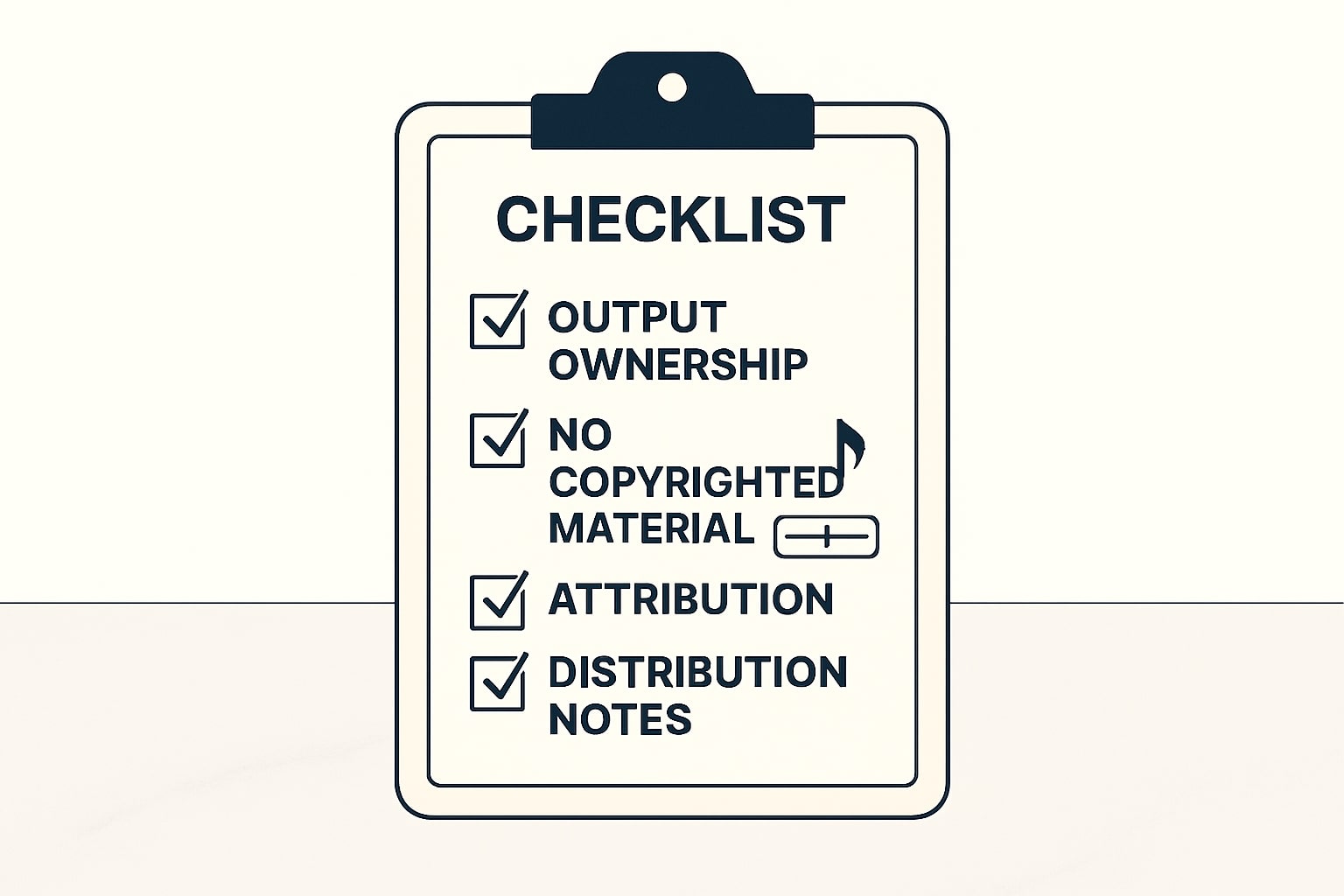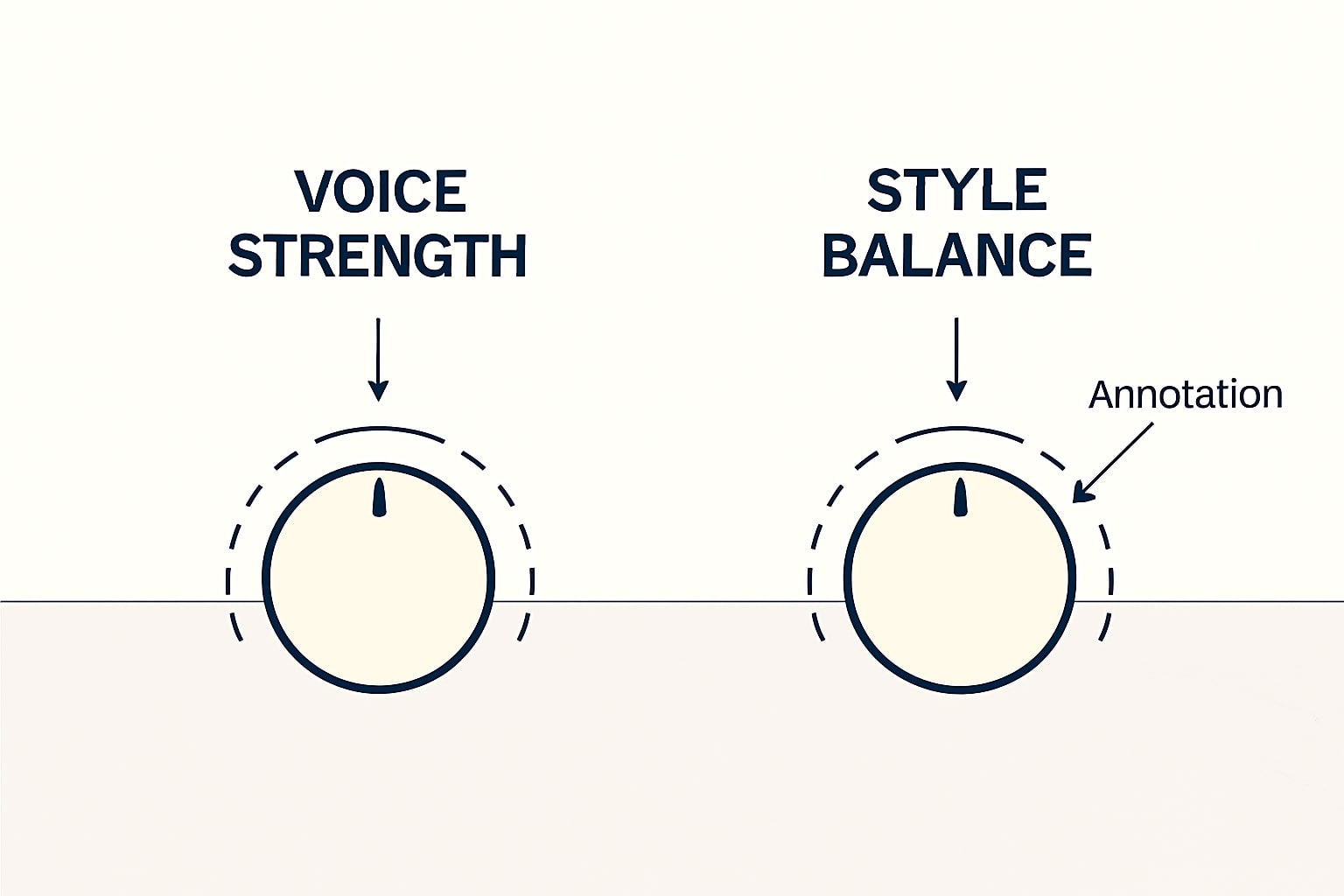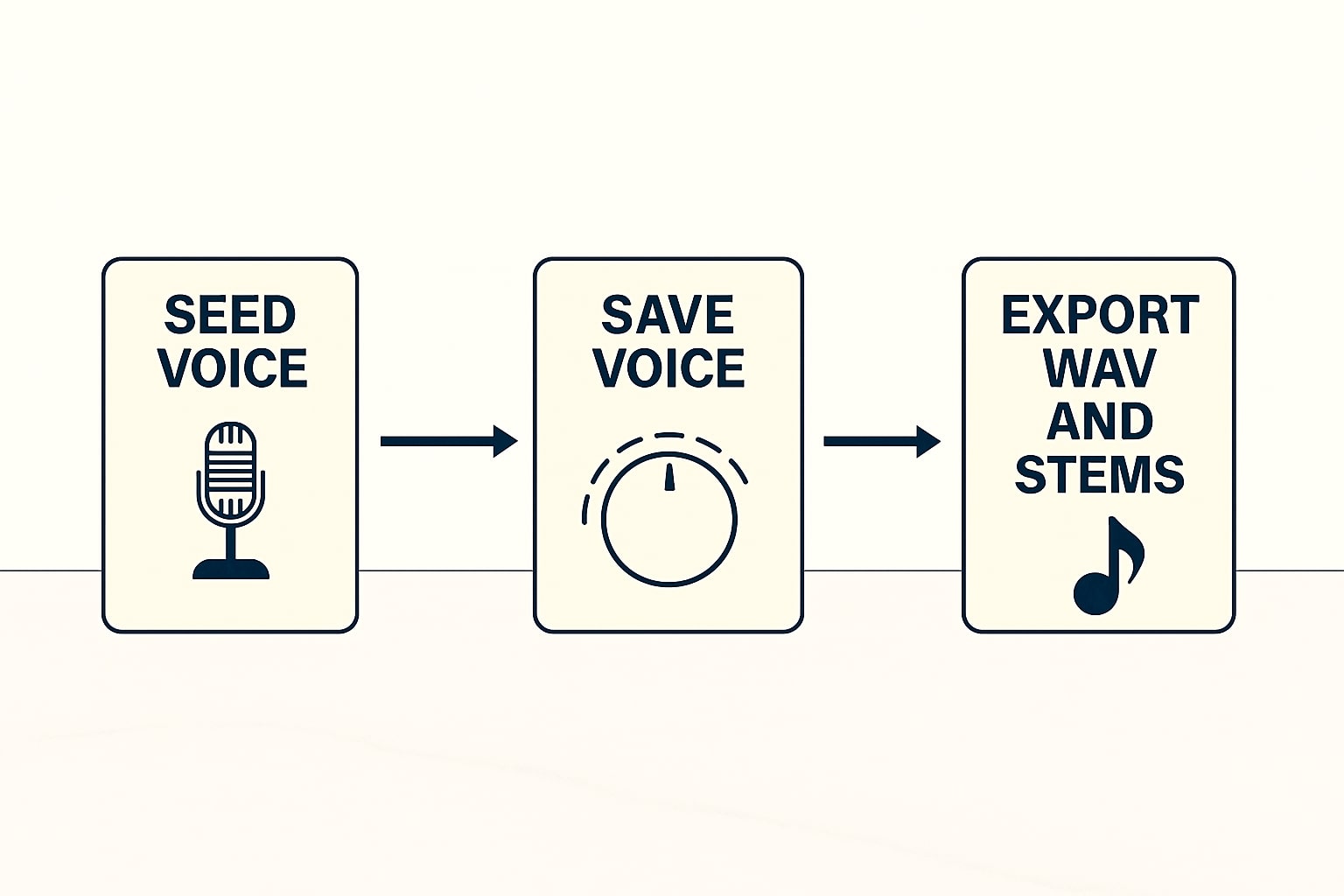Daftar Isi Artikel
- Why consistent AI vocals matter in your catalog
- What Udio Voices actually is, availability, and current limits
- Reuse a voice from one of your songs, the clean setup
- Save, name, and organize voices for fast recall
- Blend a reused voice with Styles for cohesive sound
- Field test, build a three song mini EP with one voice
- Export WAV, MP3, and subscriber stems for finishing in a DAW
- Rights, attribution, and risk management you should not skip
- Troubleshooting voice consistency and quality
- Workflow template you can copy for new projects
- Try it, refine it, then scale your catalog
Why consistent AI vocals matter in your catalog
Margabagus.com – A catalog with one recognizable voice can lift retention, repeat listening, and brand recall. I want you to have a repeatable way to achieve that with Udio, where you can select a voice identity, then carry it across songs without the usual prompt gambling. Udio’s Voices feature gives you a direct control for the vocal character, while Styles gives you a way to keep arrangement and texture coherent across tracks.[1]
Data points help you decide whether it is worth your time. Voices launched on September 11, 2025 as an early access feature for subscribers, and subscriber only aspects are free for all members to try through September 25, 2025. Styles launched on March 31, 2025 with guidance to blend two references using a simple slider, a practical tool when you craft a multi song project.[2] [3]
Before we dive in, a quick reality check on rights. Udio’s help center says you own the output, you can use it for commercial purposes, and you must avoid inserting copyrighted material you do not own. The broader legal landscape keeps evolving, and major labels have active lawsuits against AI music startups, so your risk controls matter. I will show you practical safeguards later in this guide.[4] [6] [7]
Check out this fascinating article: Udio Pricing Plans (2025) Review: Free vs Standard vs Pro, Credits, and Real Cost per Song
What Udio Voices actually is, availability, and current limits
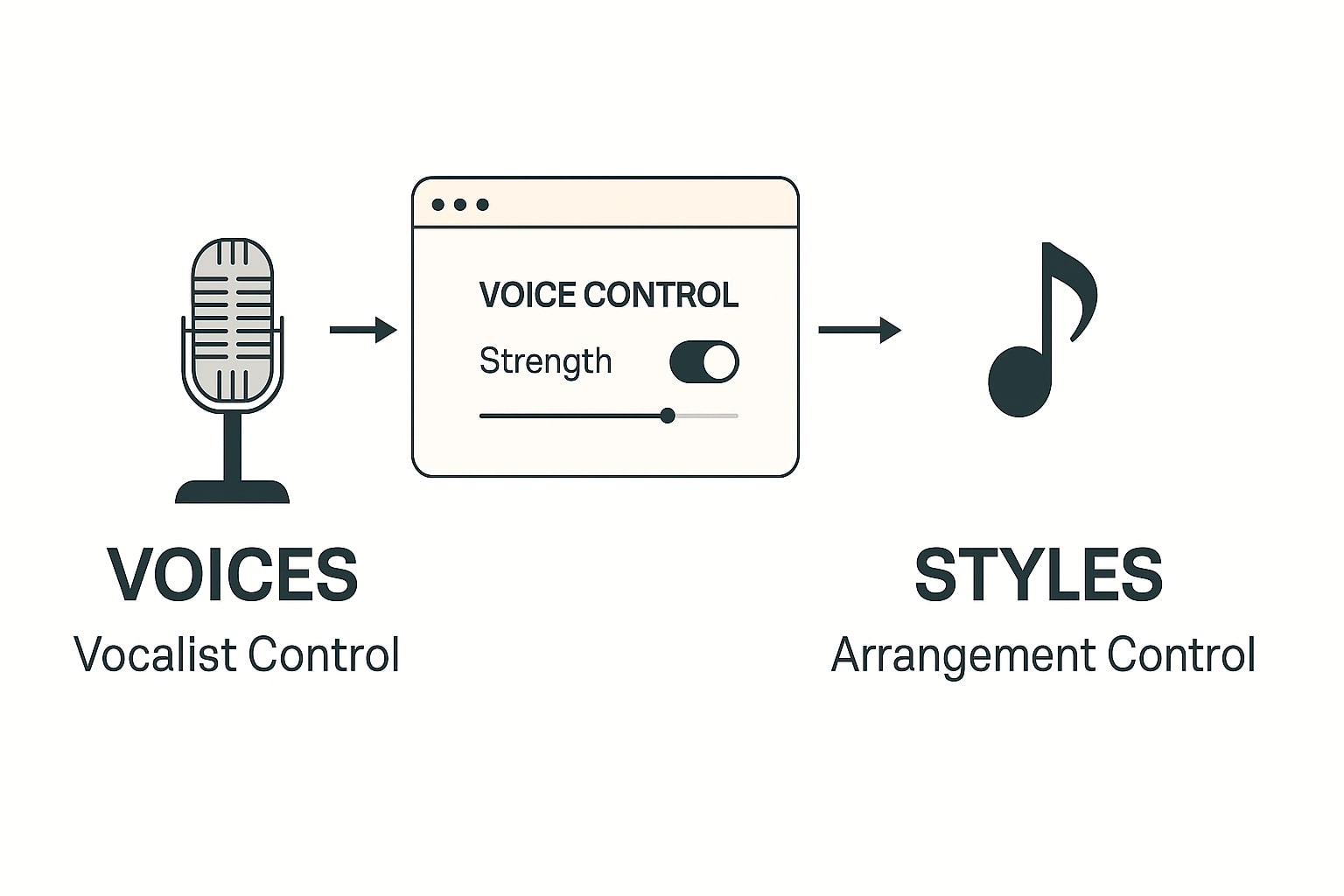
Overview of Udio Voices and Styles, availability by tier, and current limitations
Udio separates Voices and Styles. Voices targets the singer identity, while Styles targets arrangement, feel, and texture, which you can reference from other Udio songs or uploaded clips. For our purpose, Voices is the core lever for consistent vocals across songs.[1] [3]
FAQ (Frequently Asked Questions)
Not at this time, the Voices feature can only use voices from the Voices Library or from eligible Udio songs that you created. Songs tied to uploaded audio are excluded for Voices reuse.
Udio highlights voice selection plus Style blending. The documentation describes blending two Styles with a slider, not two voices at once. You can adjust Voice Strength and pair a single voice with a two style blend.
The help center states you own your output and can use it for personal and commercial purposes, provided you do not include copyrighted material you do not own or do not have permission to use. Review the Terms of Service and usage rights pages before release.
Use WAV for the highest quality and for mastering or heavy processing. Use MP3 for lightweight sharing. Subscribers may download stems to separate Vocals, Bass, Drums, and Other for deeper control.
There is active litigation and policy debate around AI music. Industry reporting mentions lawsuits and licensing talks. Avoid using copyrighted material without permission, document your process, and consult counsel for high stakes releases.
